There is one harsh truth that fans do not want to admit. It is a fact that 90% of “Star Wars” fans want to be infantilized by a mega-corporation. Most fans are looking for a serotonin shot instead of a cohesive story. They want to relive the comfort of their childhoods, wrapped in a blanket of nostalgia and branded merchandise. As long as lightsabers are swinging and John Williams’ leitmotifs echoing, they will call anything “cinema.”
That’s why “The Mandalorian” and “Baby Yoda” turned into billion-dollar mascots. Because they made you feel good without making you think. Then Tony Gilroy came along, took away your Skywalkers and your Jedi sugar highs, and gave you “Andor,” a show about logistics, bureaucracy, and moral erosion. It’s not “fun” in the way corporate Star Wars has conditioned you to expect. It’s not about “hope” or “legacy” or “found families.” Actually, it’s about what all those words actually cost.
“I’m writing about how I feel about all the revolutions, about all the insurrections. People legitimately fail to recognize how puny their individualism is. The narcissistic belief that you live in some unique time. It’s shocking. We all do it. I do it. That is not the pattern of history.”
— Tony Gilroy
That quote alone tells you what separates “Andor” from everything else wearing the “Star Wars” skin. It’s not built to sell toys or ignite hashtags. Instead, it is constructed to confront you. It serves as a reminder that rebellion isn’t glamorous, and that history doesn’t orbit around your personal comfort or nostalgia. It is about time that fans admit “Andor” is cut above the rest when it comes to “Star Wars” media. Moreover, it is a gut-wrenching statement about the death of infantilized storytelling in the beloved universe.
The Curse of the Copy
The Golden Age of “The Simpsons” was written by eclectic nerds who inhaled peculiar old media in the form of pulp novels, film noir, and political satire. On the other hand, the new Simpsons episodes are written by people who grew up watching “The Simpsons.” And that right there sums up modern Hollywood. Creators today don’t draw from the world. Instead, they draw from the canon. From other movies. From copies of copies of copies. The flatness of contemporary mainstream art comes from this recursive, self-devouring loop.
George Lucas, for all his eccentricities, was a student of the world. He mixed “Flash Gordon” serials, WW2 dogfight footage, and Akira Kurosawa’s samurai dramas to produce something fresh in 1977. It was weird, risky, even a little punk. The studio didn’t even think “Star Wars” would recoup its budget.
And now, the modern “Star Wars” industry is risk-averse to the bone. It reheats the same Skywalker myth with diminishing emotional returns. It’s turned into an intellectual property management. There is no art anywhere. Gilroy broke that cycle. He pulled from Alan Pakula’s paranoia-tinged thrillers, Zapata revolution cinema, the gangster years of Stalin, and the French resistance. He made “Andor” a political text disguised as science fiction. It stands out because it is not about “Star Wars lore.” It is more about power and the machinery that sustains it.
Star Wars as a Setting, Not a Genre
The brilliance of “Andor” is that it treats “Star Wars” as a setting rather than a genre. The galaxy is just a sandbox, not the story itself. That’s why Gilroy can give you a heist arc, a prison arc, a political thriller arc, and even a domestic melodrama arc. He treats the world like a living civilization with factions, contradictions, and socio-economic systems, not a toy catalog. His approach feels like being served a slow-cooked delectable book after years of being spoon-fed doable, okayish food. It’s dense, it’s serious, and it’s not afraid of silence or moral ambiguity. Gilroy’s genius is that he writes grown-up “Star Wars” without irony. He doesn’t condescend to the material. He takes it seriously, maybe too seriously, and that’s what makes it revolutionary.
Must Check Out: All Star Wars Movies, Ranked
Rebellion as a Living System
For the first time, the Rebellion feels like a rebellion. Not a club of idealists with witty one-liners, but a patchwork of desperate cells, activists, smugglers, and politicians. The noose tightens across the galaxy. Surveillance expands, people vanish, rebellions flare up, and are stamped out. Gilroy borrows more from Che Guevara and the early Cuban revolution than from Luke Skywalker’s heroism. “Andor” is about the mundane horror of oppression, the moral fatigue of resistance, and the cost of choosing conscience over comfort.
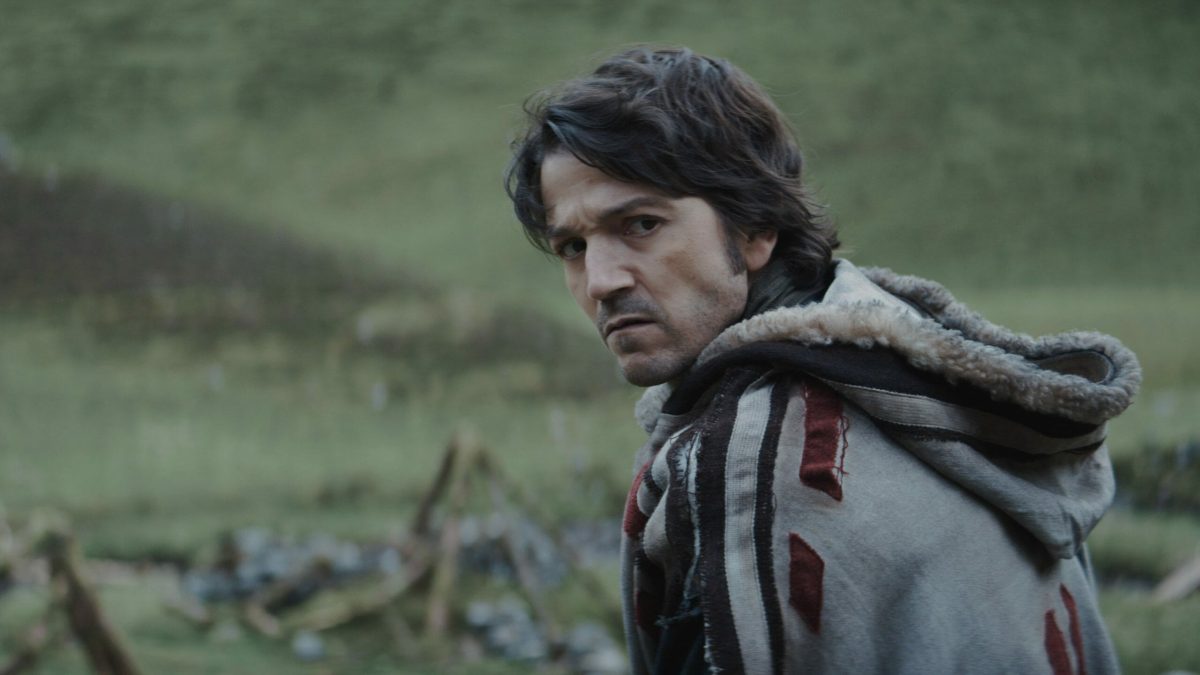
George Lucas once asked, “Why do we keep giving power to one person, and then act shocked when that person abuses it?” Gilroy rephrases it through Luthen Rael’s words: “You need rebels you can trust to do the wrong thing.” That line hits harder in today’s world of mass surveillance, algorithmic propaganda, and weaponized patriotism. Instead of mirroring today’s politics, “Andor” explains to us how we got here.
Applicability, Not Allegory
Tolkien famously rejected allegory. He believed stories shouldn’t directly represent real-world politics, but they could be applicable to them. “Andor” is the perfect embodiment of that philosophy. It’s eerily prescient because it wasn’t written about the present. Instead, it was written from historical truth.
You can’t watch the Ghorman Massacre without thinking of state-sponsored false flags. “You build the enemy you want,” Gilroy once said. It’s what Hoover did to the Civil Rights movement. What Netanyahu did with Hamas. What modern empires keep doing, manufacturing villains to justify their own violence. That’s Andor’s magic. It teaches without preaching. It’s fiction that makes you confront nonfiction.
Freedom, Control, and the Machinery of Power
“Andor” dismantles the romantic notion of freedom. Real freedom is about responsibility and not about defiance. You can do anything you want, but you can’t escape the consequences. The Empire doesn’t need to rule through fear alone. What it rules through is fatigue. Through endless paperwork, through the illusion of order. That’s why the ISB scenes are so disturbing. It is because it’s evil made boring. What you see is tyranny through spreadsheets.
Dedra Meero, Syril Karn, and Partagaz are terrifying precisely because they’re professionals and not one-dimensional monsters. They believe in the system. And that’s the horror: fascism doesn’t require sadists. It only needs employees. Meanwhile, the Rebellion operates like a union, built on sacrifice, solidarity, and moral ambiguity. The Empire is a gang, built on hierarchy, paranoia, and self-destruction.
The Fall and Rise of Mon Mothma
Genevieve O’Reilly’s Mon Mothma is the show’s emotional anchor. A political prisoner in pearls. Her arc is an indictment of privilege under oppression. Imagine that your daughter hates you, your husband is a parasite, your ally orders the death of your childhood best friend to save you, and all you can do is sip expensive wine to numb the guilt. Gilroy uses her to explore the price of compromise. The Rebellion needs money, but money corrupts. It’s politics stripped of glamour. It’s survival in a gilded cage. And yet, through her, we see the quiet birth of revolution, not through battle cries, but through whispered transactions and moral trade-offs.
The Unforgettable Saw Gerrera
Everyone remembers Luthen’s “What do I sacrifice?” speech, but the real insanity lives in Saw Gerrera. Saw is the ghost of every revolution, the fanatic who sees too clearly, a bit too early. He’s the guy who believes the system is too rotten to reform, and he’s right. But he’s also broken by that truth. His line — “We’re the thing that explodes when there’s too much friction in the air” — captures the entire spirit of the show. It’s pure anarchic poetry. Forest Whitaker plays him like a man perpetually high on paranoia and fumes, a prophet who’s both right and doomed. He’s an R-rated character trapped in a PG universe.
Revolutions Never End
At the end of “Andor” Season 2, the ISB, the Empire’s scalpel, is gutted. What rises in its place is the hammer: Vader, the Emperor, the Death Star. It mirrors real history. The fall of the mob gives rise to supervillains. The collapse of order births chaos. Revolutions don’t end with victory; they just evolve into new systems of control. Nemik’s manifesto wasn’t just an idealistic diary. It was a prophecy. Bureaucratic infighting and ego, not Jedi heroics, bring down empires. It’s paper-pushers, not stormtroopers, who leak Death Star plans. For the first time since “The Clone Wars,” “Andor” shows the bridge between moral greyness and idealism. The Rebellion needed its Cassians and Luthens: the pragmatists. But it couldn’t win without Luke and Leias: the dreamers.
“Andor” is the clearest proof that you don’t need the Force to make “Star Wars” compelling. You don’t need lightsabers, legacy characters, or endless callbacks. All you need is good writing. Characters with depth. A world that feels lived in. A script that respects your intelligence. Every other show tried to recreate nostalgia. “Andor” created meaning. And maybe that’s the biggest rebellion of all, making something thoughtful in an industry that’s terrified of thought.

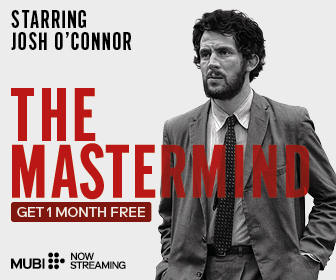



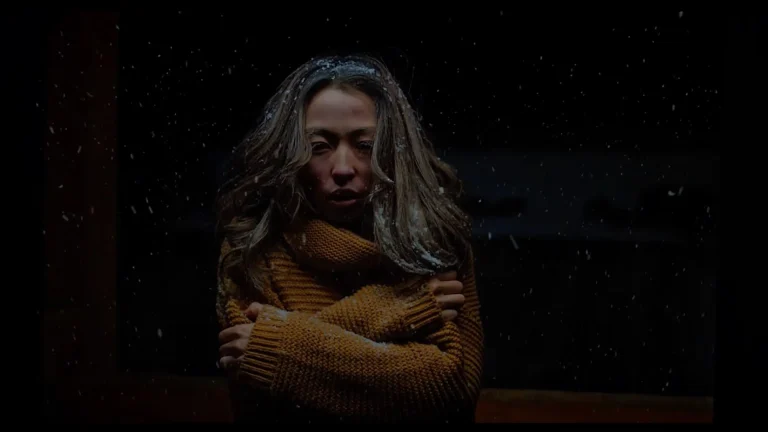
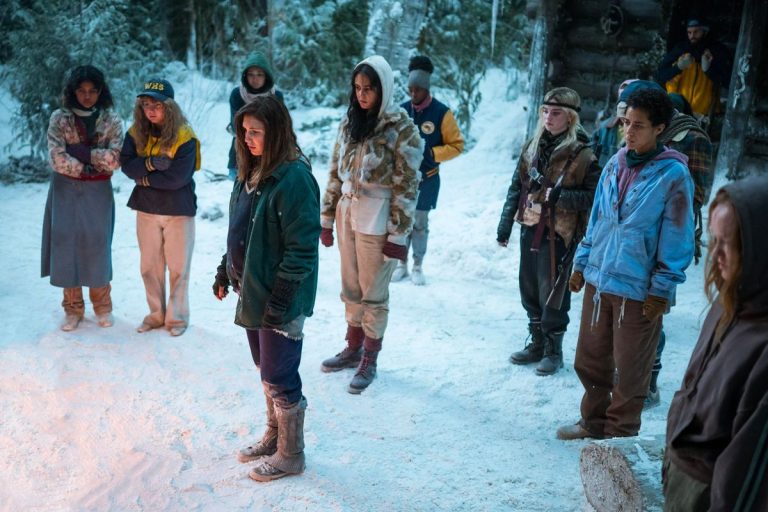
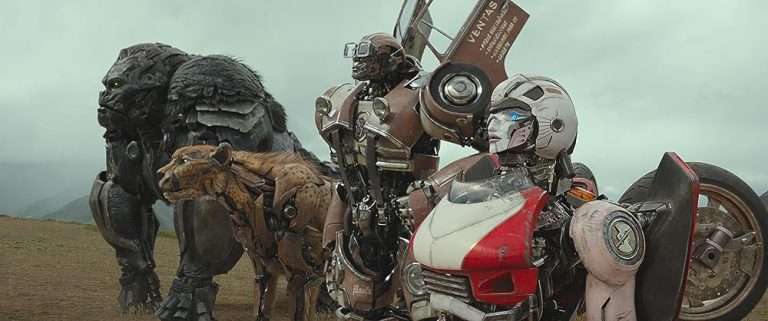
![The Territory [2022] Review: The Spirit to Fight back shines the brightest in this endearing Amazonian documentary](https://79468c92.delivery.rocketcdn.me/wp-content/uploads/2022/05/The-Territory-2022-Movie-Review-768x432.jpg)
This a fantastic article about the the best Star Wars product that’s been made.
Except make Empire, lol.